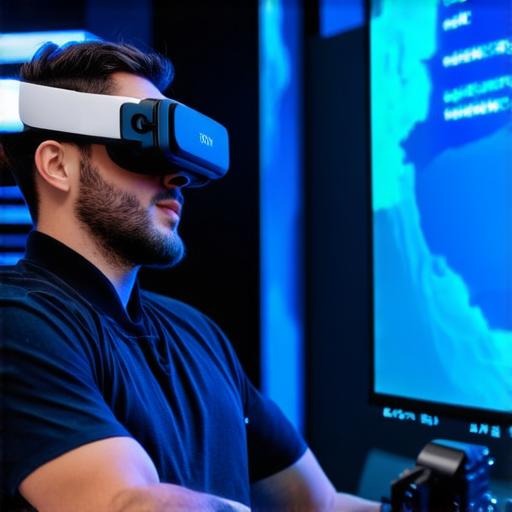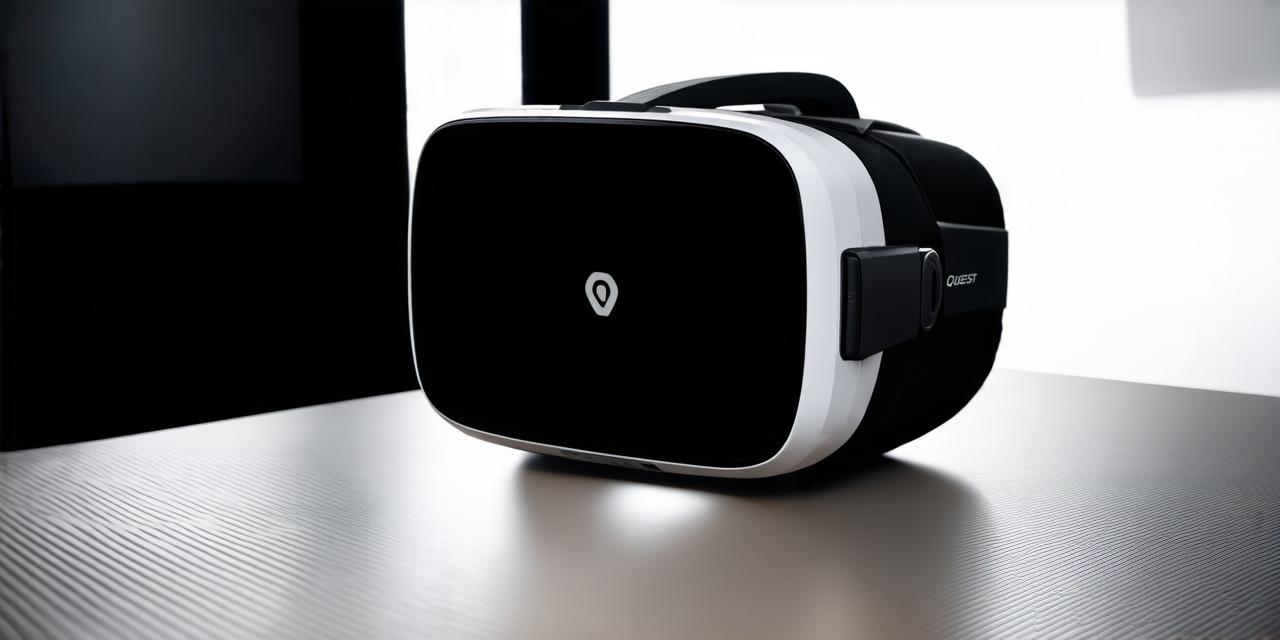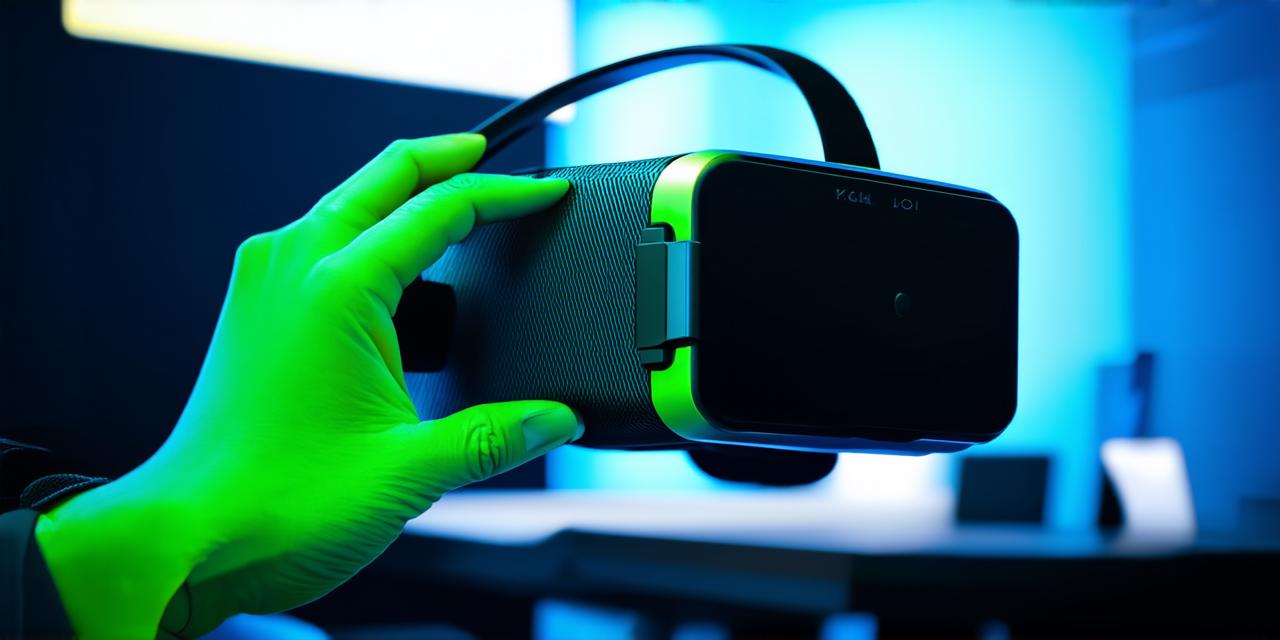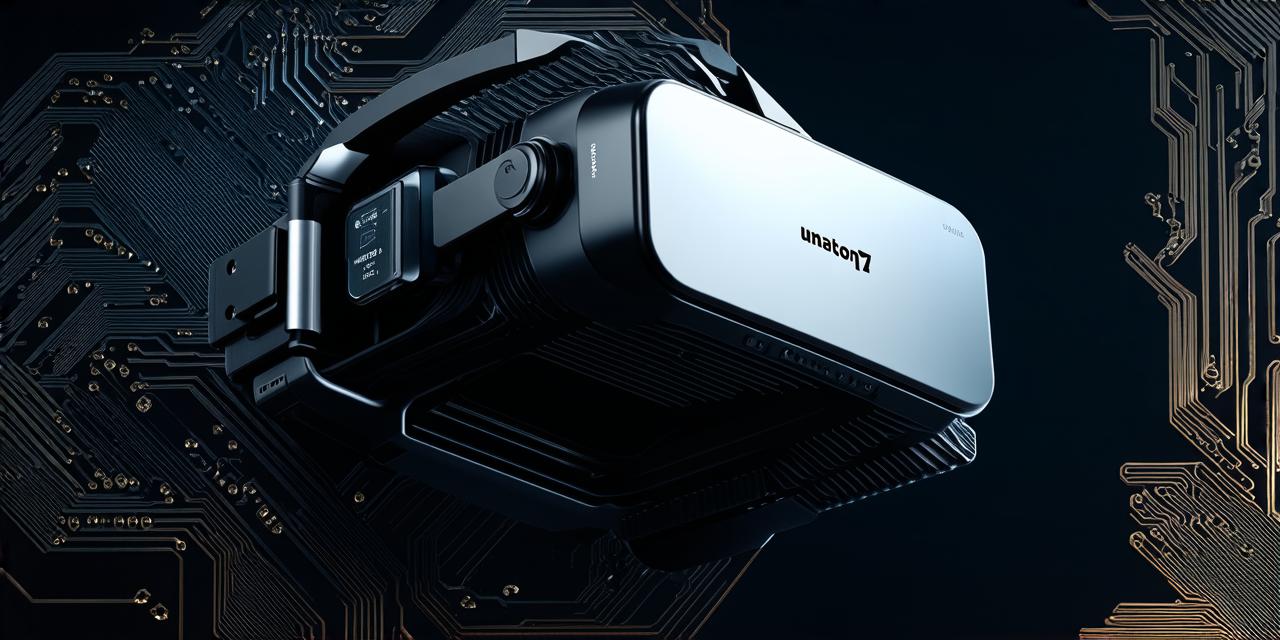The Rise of Cloud Gaming
One trend transforming Quest 2 development is cloud gaming. With cloud-based solutions like Oculus Link and Air Link, users can stream high-quality games directly from their PC to the headset, expanding the library of playable titles significantly. As cloud technology continues to advance, we can expect more seamless integration between devices, offering a richer VR experience.
Improved Graphics and Performance
The Quest 2’s enhanced hardware capabilities have opened new avenues for developers. With the introduction of the Snapdragon XR2 platform, developers can create more immersive and visually stunning experiences. The improved processing power allows for real-time ray tracing, which simulates the way light behaves in the real world, creating a more lifelike environment.
Social VR Experiences
Social VR is another trend gaining traction. Platforms like Facebook Horizon and VRChat are providing spaces where users can interact with others in a virtual environment. Developers are leveraging this trend by creating social games and experiences, fostering a sense of community within the VR world.

The Role of AI in VR
Artificial Intelligence (AI) is playing an increasingly important role in VR development. From adaptive gameplay to realistic NPC behavior, AI is helping to create more intuitive and responsive virtual environments. As AI technology continues to advance, we can expect it to play a significant role in shaping the future of Quest 2 development.
The Future: Mixed Reality and Beyond
The horizon for Quest 2 development is exciting. With the advent of mixed reality (MR) technologies, developers are exploring ways to blend the physical and digital worlds. This could lead to innovative applications in fields like education, healthcare, and entertainment.
FAQs
1. What is cloud gaming?
– Cloud gaming allows users to stream games from a remote server to their device, eliminating the need for high-end hardware.
2. How is AI being used in VR development?
– AI is used to create more intuitive and responsive virtual environments, with applications ranging from adaptive gameplay to realistic NPC behavior.
In conclusion, the Oculus Quest 2 continues to push the boundaries of what’s possible in VR development. From cloud gaming and improved graphics to social VR experiences and AI integration, these trends are shaping the future of this exciting technology. As developers continue to innovate, we can expect even more immersive and engaging VR experiences in the years to come.


